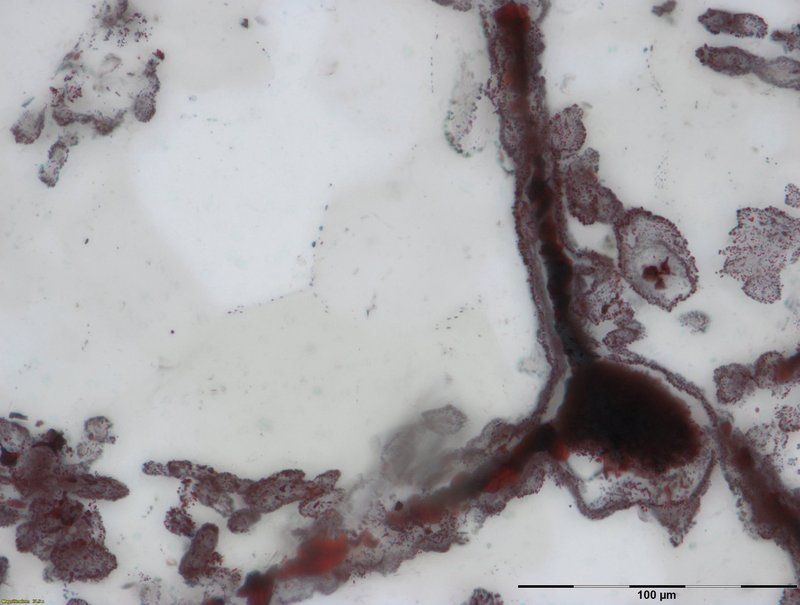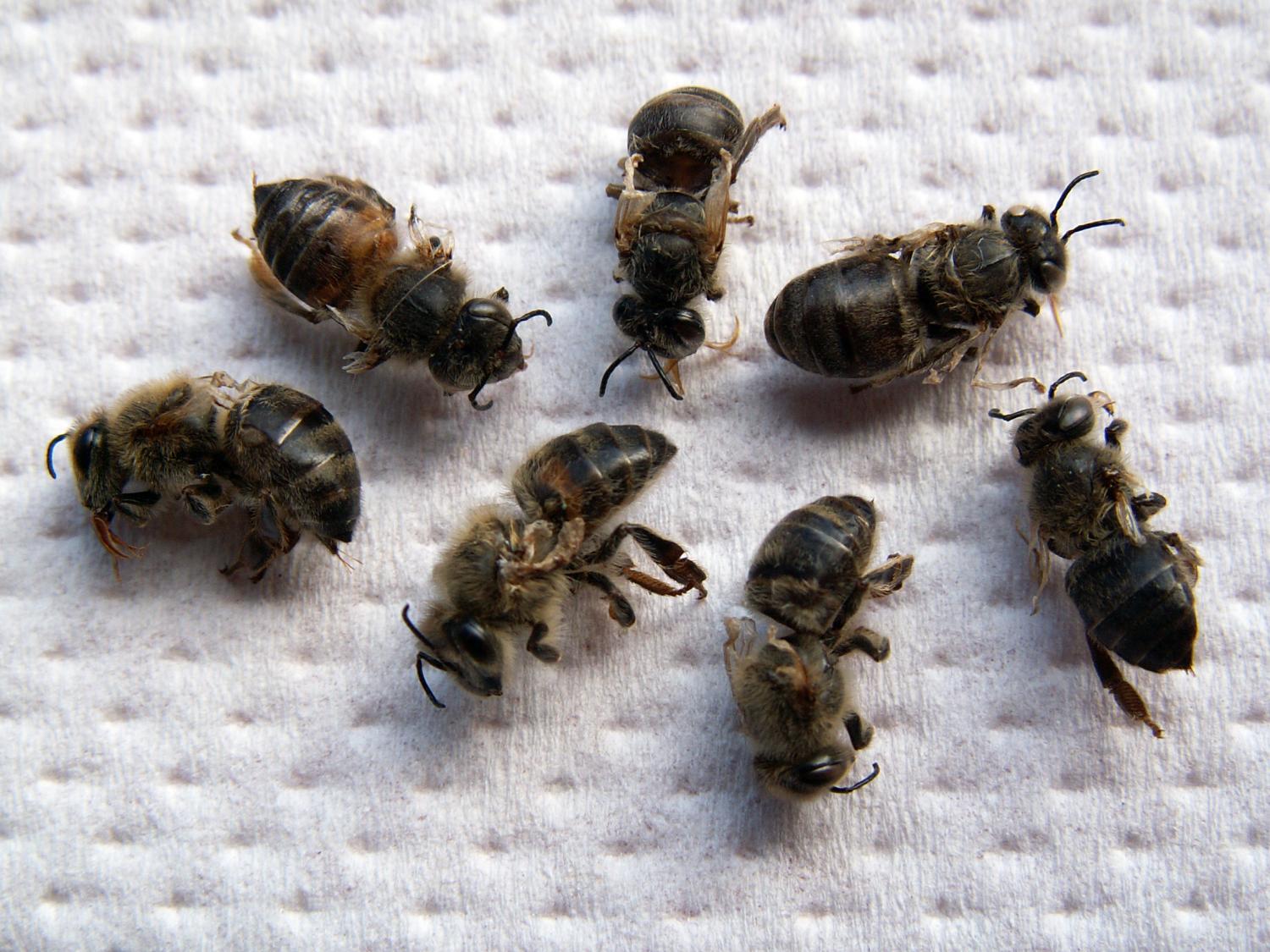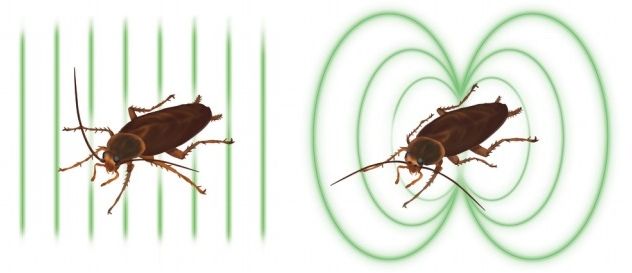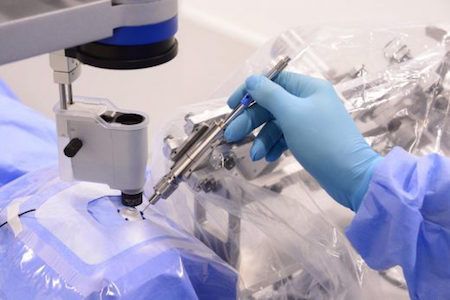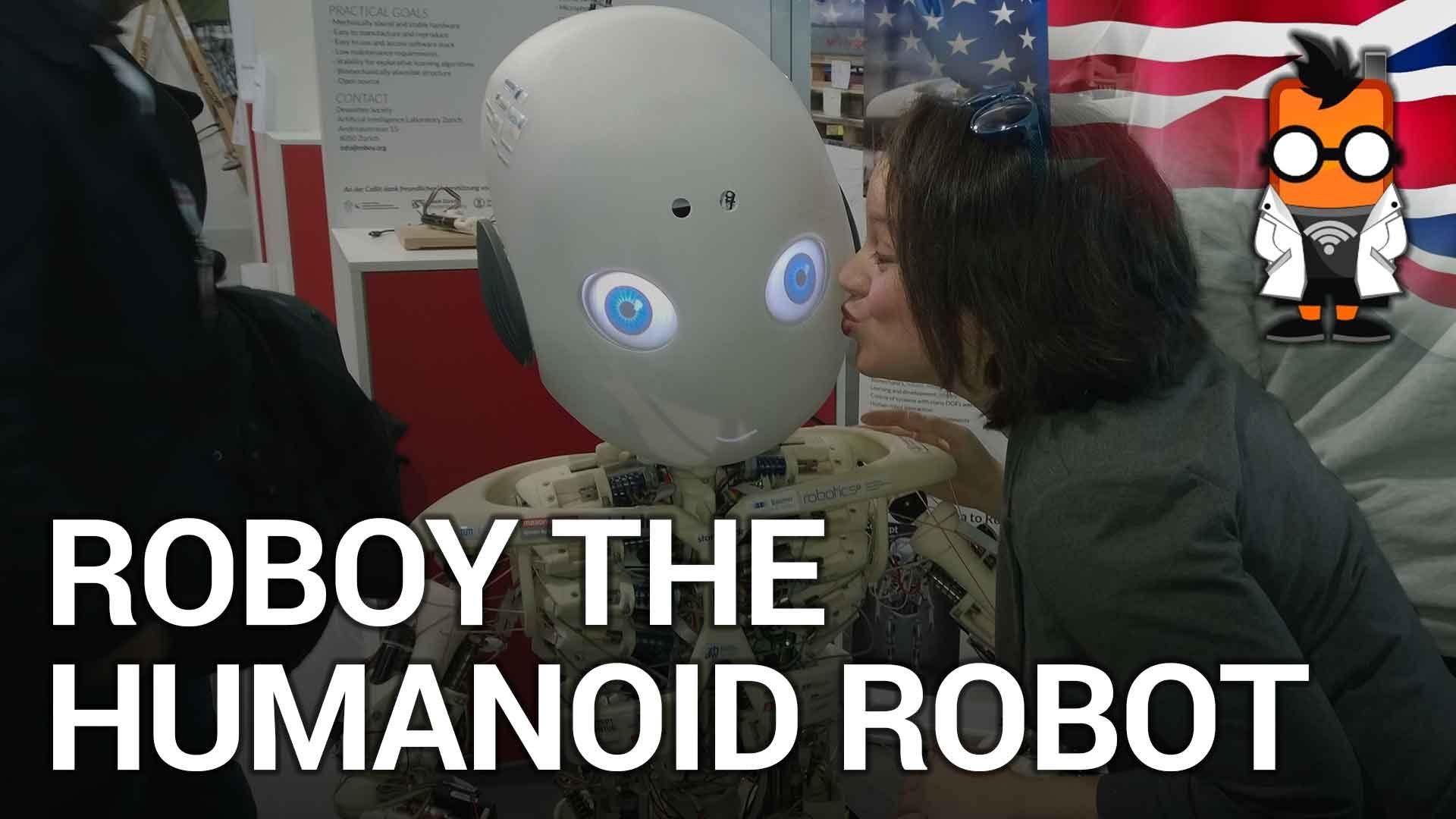NEW YORK (AP) — Tiny tubes and filaments in some Canadian rock appear to be the oldest known fossils, giving new support to some ideas about how life began, a new study says.
The features are mineralized remains of what appear to be bacteria that lived some 3.77 billion to 4.28 billion years ago, the scientists said. That would surpass the 3.7 billion years assigned to some other rock features found in Greenland, which were proposed to be fossils last August.
Such early-life findings are not as clear-cut as, say, digging up a dinosaur bone. The key question is always whether the rock features were really produced by living things. The new study hasn’t convinced everybody.
